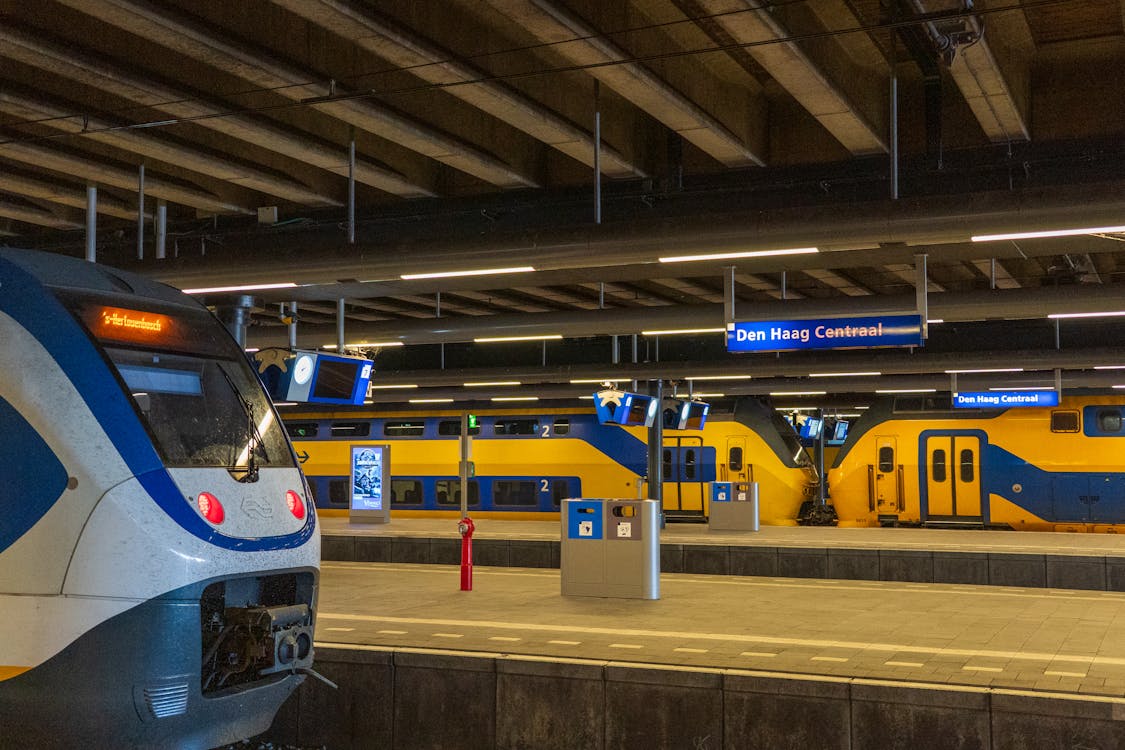
Urban transportation has always been an obstacle. Between expanding populaces, limited infrastructure, and the climbing demand for comfort, cities are regularly searching for means to improve just how people and automobiles move. Enter expert system. As soon as seen as a remote idea scheduled for sci-fi, AI is currently at the core of several of the most exciting shifts in contemporary city life. And it's not nearly self-driving vehicles-- it's about smarter systems, much safer streets, and far better planning for everyone who shares the road.
From Reactive to Predictive: The New Urban Mindset
Cities used to operate reactively. A traffic signal breakdowns? Someone solutions it. Does a bus path become chock-full? Coordinators modified it months later on. But with AI, this timeline has flipped. Sensing units put at junctions, transit centers, and hectic roads feed real-time information right into AI-powered systems that can not only react promptly however also anticipate what's following.
Envision a system that knows when and where congestion will certainly build prior to it also happens. That's no longer a fantasy. By examining patterns in time, like pedestrian traffic, weather, and event timetables, AI models help cities avoid bottlenecks as opposed to just responding to them.
Smarter Traffic Signals and Intersection Management
Among the most noticeable enhancements AI has actually brought to metropolitan transportation is in the means traffic signal operate. Standard signal systems work on timers or easy sensing units. But AI can assess real-time video footage, discover automobile quantity, and adapt light cycles on the fly. This shift reduces unnecessary idling, boosts gas efficiency, and-- perhaps most significantly-- reduces commute times.
Some cities have begun to couple AI-powered cams with traffic control to find not simply cars, however pedestrians and bikers too. This enables signals to readjust for vulnerable road individuals, boosting safety and security without slowing down general traffic circulation.
Public Transit Gets a High-Tech Upgrade
Buses and trains are crucial lifelines in the majority of cities. Yet hold-ups, course inefficiencies, and upkeep concerns typically discourage cyclists. That's starting to change with the help of AI.
Transit agencies are now using predictive analytics to manage fleets better. If a bus is running behind schedule, AI can recommend route changes, alternate pick-up factors, or perhaps reassign lorries in real-time. Upkeep is also much more positive; AI identifies early indication prior to components stop working, which keeps cars on the road and bikers in a timely manner.
When mass transit is consistent and dependable, even more individuals utilize it. And when more individuals utilize public transit, cities end up being greener, less congested, and less complicated to browse.
Redefining Parking with Smart Systems
Finding a parking place in a city can be the most frustrating part of driving. It's taxing, demanding, and commonly inefficient. Yet AI is now transforming the method cities manage vehicle parking administration.
Cameras and sensing units set up in car park and check out this site garages track offered spaces and send out updates to centralized systems. Drivers can after that be directed to open spots with navigating applications or in-car systems, reducing the moment they invest circling the block. Consequently, this cuts discharges and makes city roads much less crowded.
Some AI systems are even efficient in dynamic rates, readjusting car parking charges based upon demand in real time. This dissuades overuse in jampacked zones and motivates turn over, offering every person a fairer shot at finding an area.
In densely populated areas where space is limited, specialized services like boat storage in Philadelphia and specialized Philadelphia car storage options are becoming more valuable than ever before. AI can help handle these facilities, making certain optimal usage and enhancing safety and security with clever surveillance systems that identify uneven activity.
The Rise of Autonomous Vehicles and Ridesharing Intelligence
While self-driving autos might not yet dominate the roadways, they're definitely influencing the instructions of metropolitan transportation. AI is the foundation of independent vehicle technology, taking care of every little thing from navigating to obstacle detection and response time.
But also prior to complete autonomy holds, AI is already transforming ridesharing solutions. Algorithms help pair guests extra effectively, decrease wait times, and recommend calculated locations for chauffeurs to wait between prices. With time, these understandings will help reduce traffic congestion and boost automobile tenancy prices across cities.
There's additionally been a surge in AI-enhanced mini movement options like scooters and bike shares. These solutions are taken care of by AI systems that track use patterns, anticipate high-demand areas, and also detect maintenance needs instantly.
Planning the Future: AI and Urban Design
City coordinators currently have an effective new ally in artificial intelligence. With access to massive datasets-- whatever from traveler practices to air top quality levels-- AI tools can model the impact of infrastructure modifications before they're even made. This indicates far better choices concerning where to position bike lanes, exactly how to enhance bus courses, or whether to construct brand-new bridges and tunnels.
Urban developers can also utilize AI to design the impact of brand-new zoning legislations or residential development on transport systems. This leads to smarter advancement that sustains activity as opposed to frustrating it.
In places with dense growth and restricted property, clever services like vehicle storage in Philadelphia are showing to be critical components in lasting preparation. AI can enhance space allotment, track use trends, and assist develop storage space designs that maximize capability while reducing footprint.
Safer Streets Through Real-Time Intelligence
AI is not practically speed and efficiency-- it's also about safety. From determining speeding vehicles in real time to predicting accident-prone zones, AI is aiding make streets more secure for every person.
Smart surveillance systems powered by artificial intelligence can find hazardous behavior, such as illegal turns, running red lights, or jaywalking. These systems don't just act as deterrents; they generate data that cities can use to inform future safety efforts.
AI is likewise aiding initial -responders reach emergency situations much faster. Real-time web traffic analysis can assist rescues along the quickest route, even during rush hour. And when seconds count, those time financial savings can be life-changing.
A More Connected and Adaptable Transportation Future
The actual power of AI in city transportation depends on its capacity to adjust. As cities develop, AI evolves with them. Whether it's reacting to an unexpected surge in web traffic after a sports occasion, forecasting flooding on major roads, or taking care of a spike in seasonal traveling, AI exists, constantly discovering and readjusting.
By weaving AI right into the textile of transport systems, cities are coming to be extra smart, extra receptive, and more straightforward. These modifications may not always show up to the daily commuter, however the benefits-- shorter trips, safer roads, and a lot more dependable transportation-- are felt every single day.
For those navigating urban life today and looking toward the future, it's clear that artificial intelligence is no more just helping with transport-- it's redefining just how our cities move.
Make certain to comply with the blog for more understandings right into how innovation is shaping city life, and examine back on a regular basis to remain ahead of the contour.
 Joseph Mazzello Then & Now!
Joseph Mazzello Then & Now! Tyra Banks Then & Now!
Tyra Banks Then & Now! Richard Thomas Then & Now!
Richard Thomas Then & Now! Jaclyn Smith Then & Now!
Jaclyn Smith Then & Now! Sarah Michelle Gellar Then & Now!
Sarah Michelle Gellar Then & Now!